Back yard peace, front yard violence
A few mornings ago, I sat in the back yard and enjoyed sights like these.
The rose-breasted grosbeak has a habit of singing quietly while he eats at the feeder. There were lots of other birds, and the continual scratch of squirrel claws on bark as the gray squirrels chased one another among the walnut branches. As a purely aesthetic experience, everything seemed very peaceful.
But out front, it was a different story, more revelatory of the underlying peril in all things natural. When I went inside, my youngest greeted me seriously with the announcement that she’d heard “two kerfuffles” involving wing-flapping just outside. When we went to the window to look at the robin’s nest in the shrub just beneath, there was only one nestling left.
By the end of the day, it looked, like this.
Previously it had looked, through the window, like this.
And then like this.
Crows robbed the nest.
I’m reading a book by a wildlife rehabilitator, and in one scene a Cooper’s hawk nabs a newly-released young blue jay she had raised from a nestling. It’s devastating, yet she can’t blame the hawk for needing to eat. “Whose side are you on?” her husband asks her.
“I’m on everyone’s side,” she replies.
I wish I could be that magnanimous. I know crows are incredibly smart. I respect them and respect their need to eat and recognize the irrelevance to them of the human moral code. But anyone who has ever seen nestlings holds that sight in mind as the archetype of utter defenselessness and fragility. They were a week old.
We took the nest out of the bush just in case the robins might try a second clutch in the same location. It’s not a good spot — too exposed. We feared that from the start, and had been careful not to go near the nest or otherwise draw attention to it. Predators are the most attentive nature observers.
It’s also more of a front-row seat than I want to have again any time soon.
The life of the birds, especially of our migratory songbirds, is a series of adventures and of hairbreadth escapes by flood and field. Very few of them probably die a natural death, or even live out half their appointed days… They lead the darkest kind of pioneer life, even in our gardens and orchards, and under the walls of our houses. Not a day or a night passes, from the time the eggs are laid till the young are flown, when the chances are not greatly in favor of the nest being rifled and its contents devoured — by owls, skunks, minks, and coons at night, and by crows, jays, squirrels, weasels, snakes, and rats during the day. Infancy, we say, is hedged about by many perils; but the infancy of birds is cradled and pillowed in peril. (John Burroughs, “The Tragedies of the Nests”)
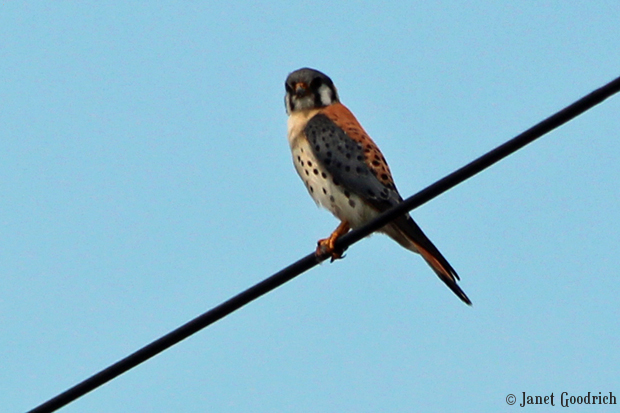
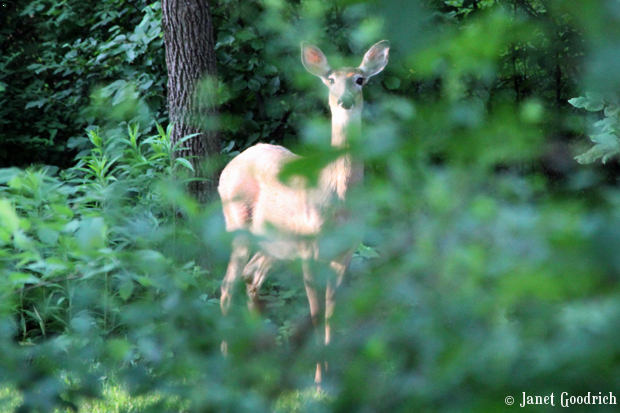
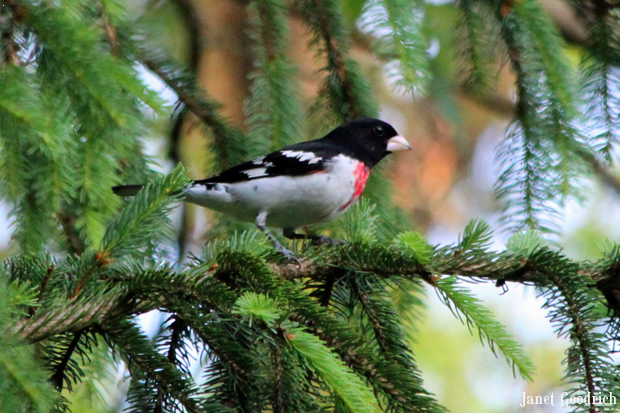
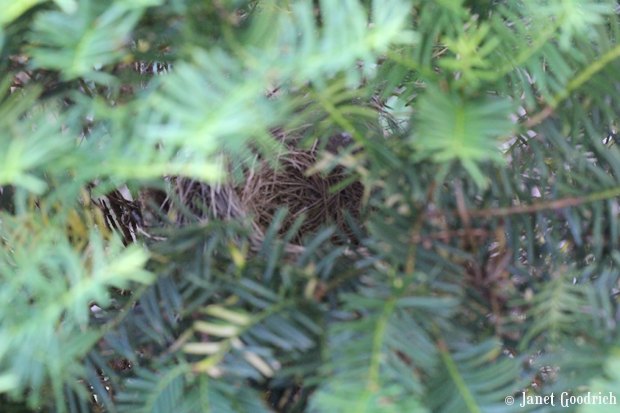
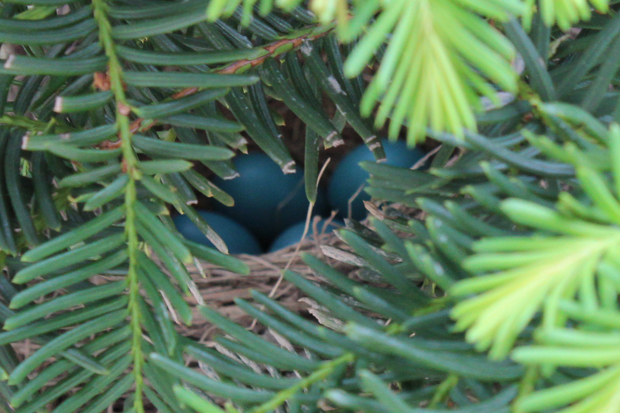

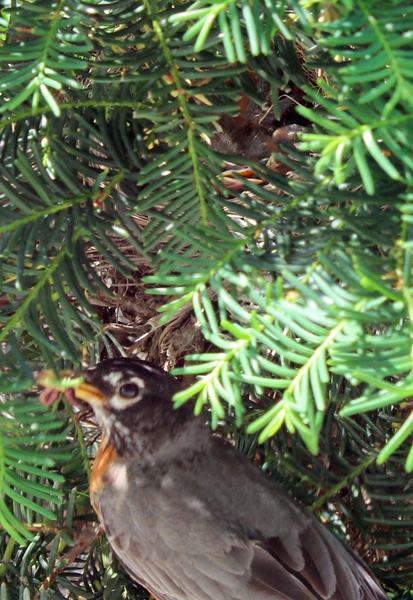
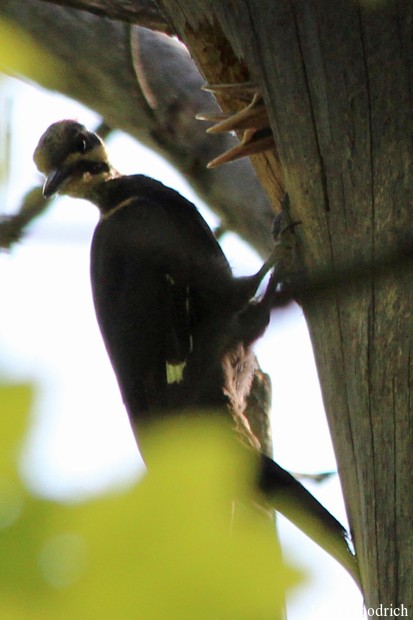
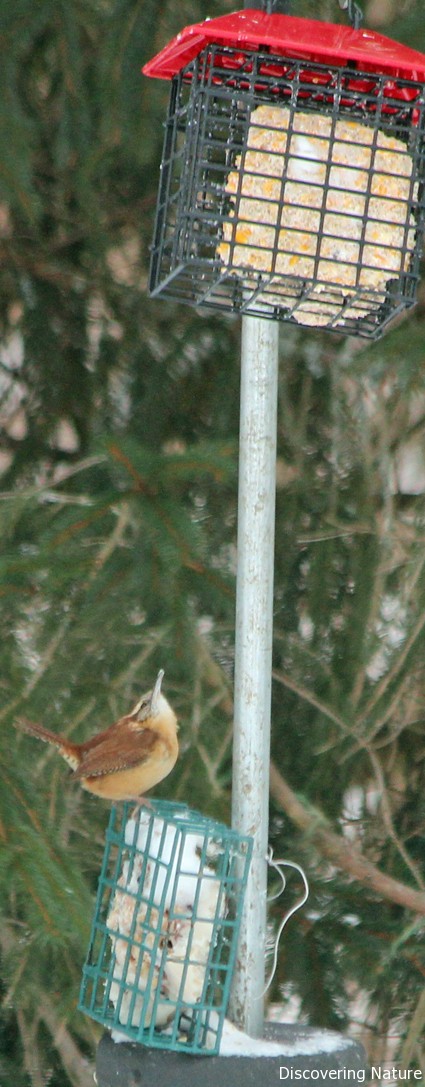
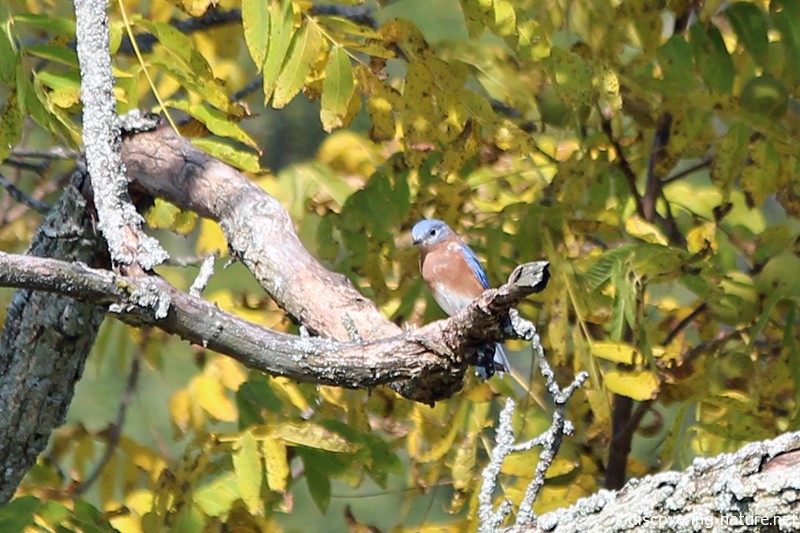
2 Comments
Ruth
How sad! Were the girls very upset?
Janet
They had known it was a possibility, but they were very sad. It’s a hard thing to think about.